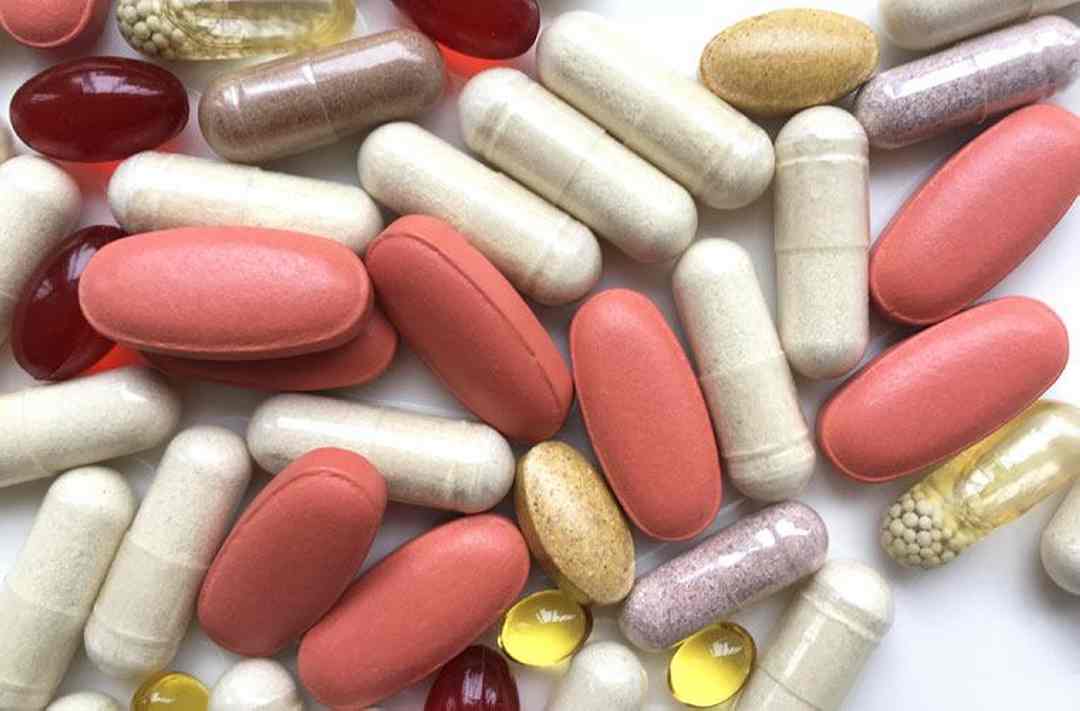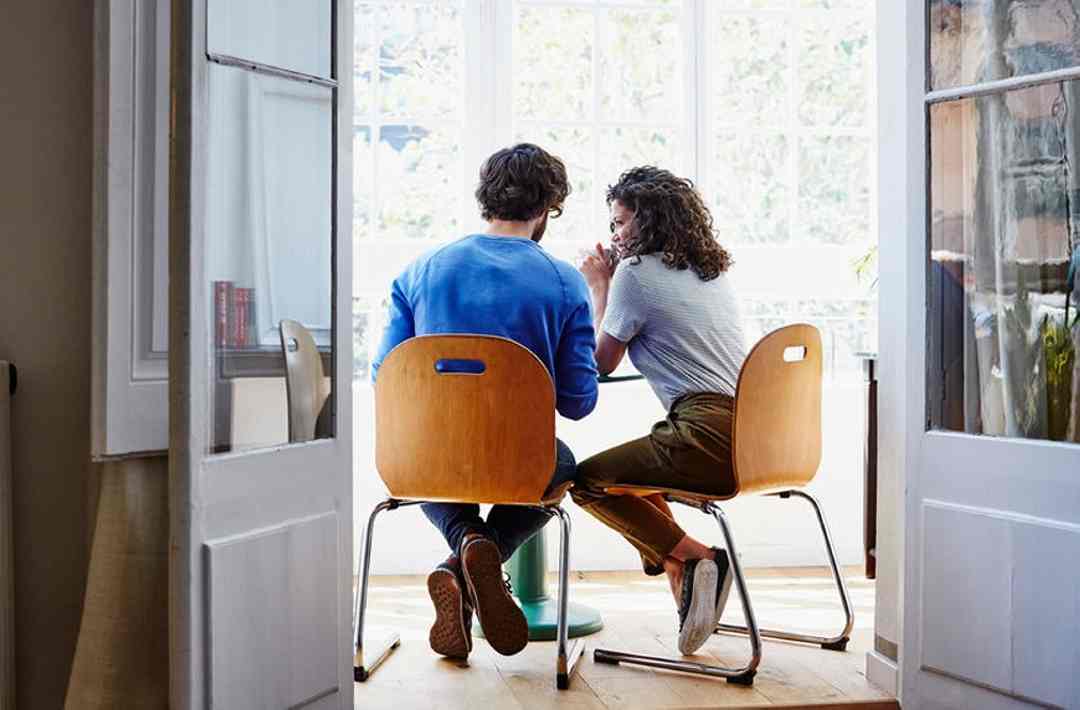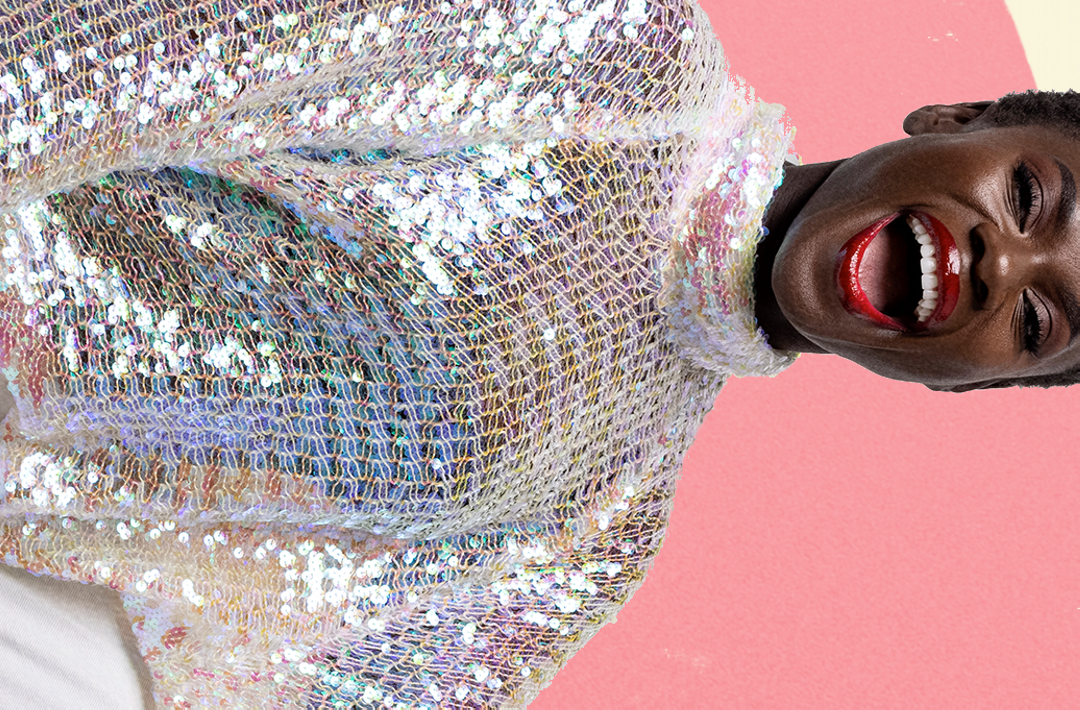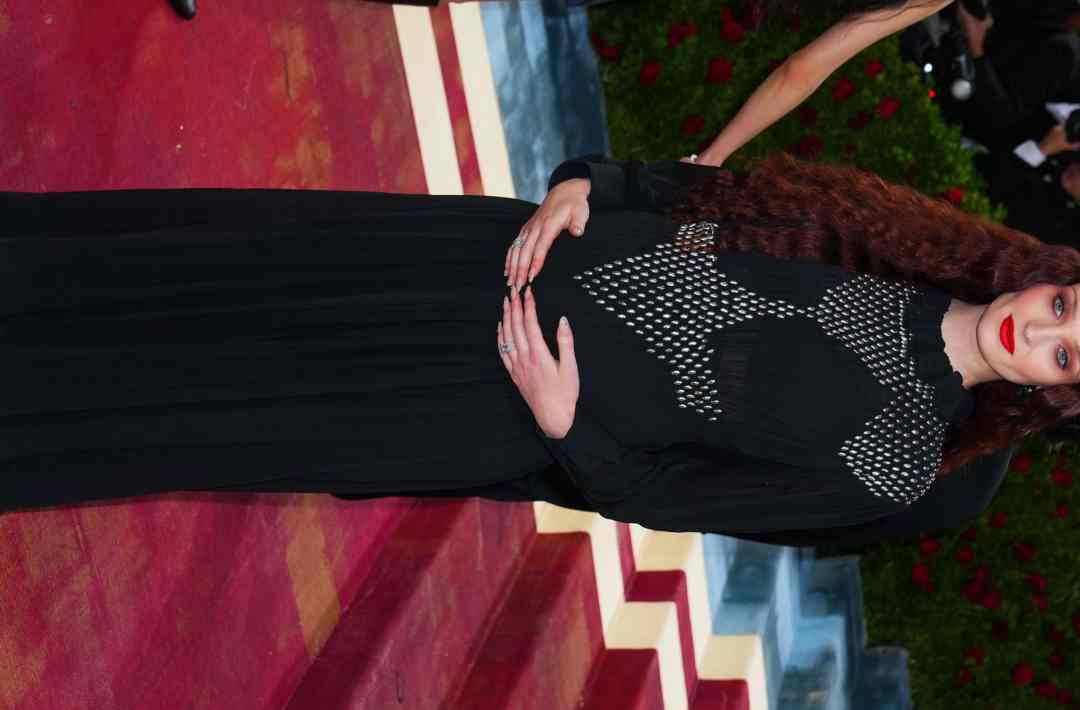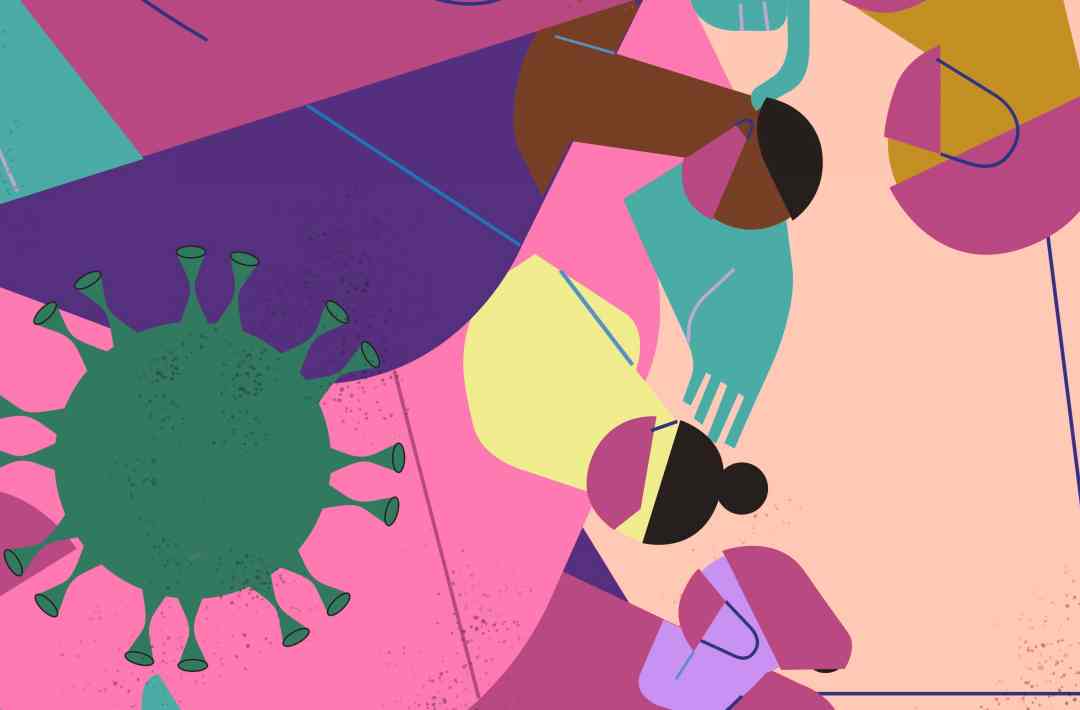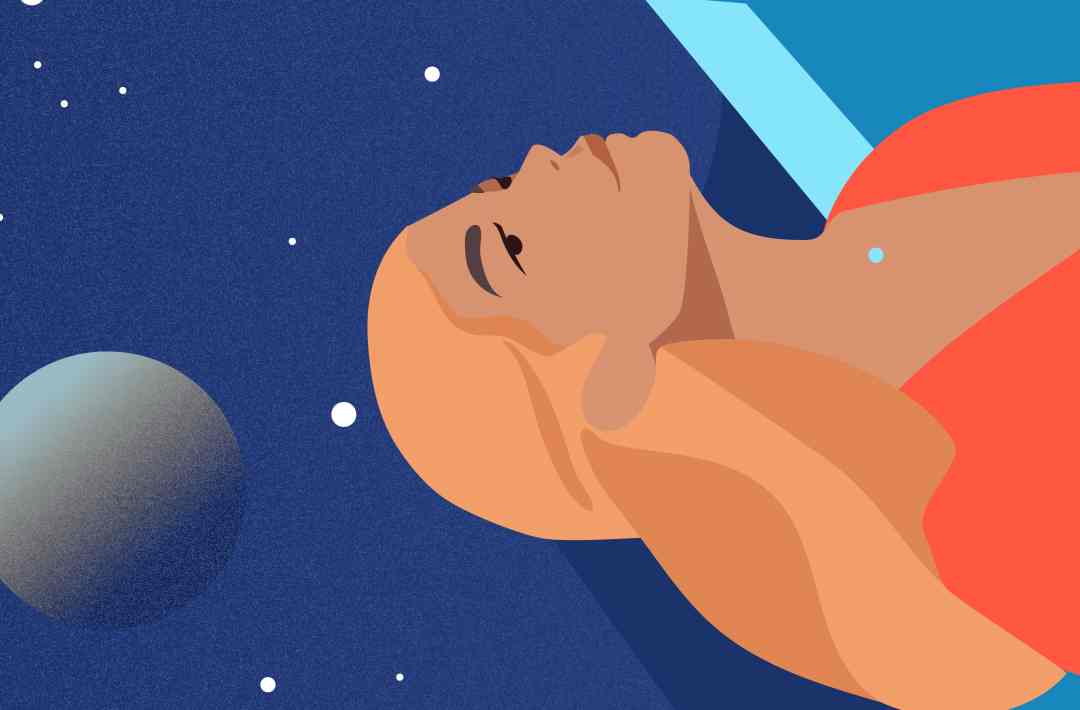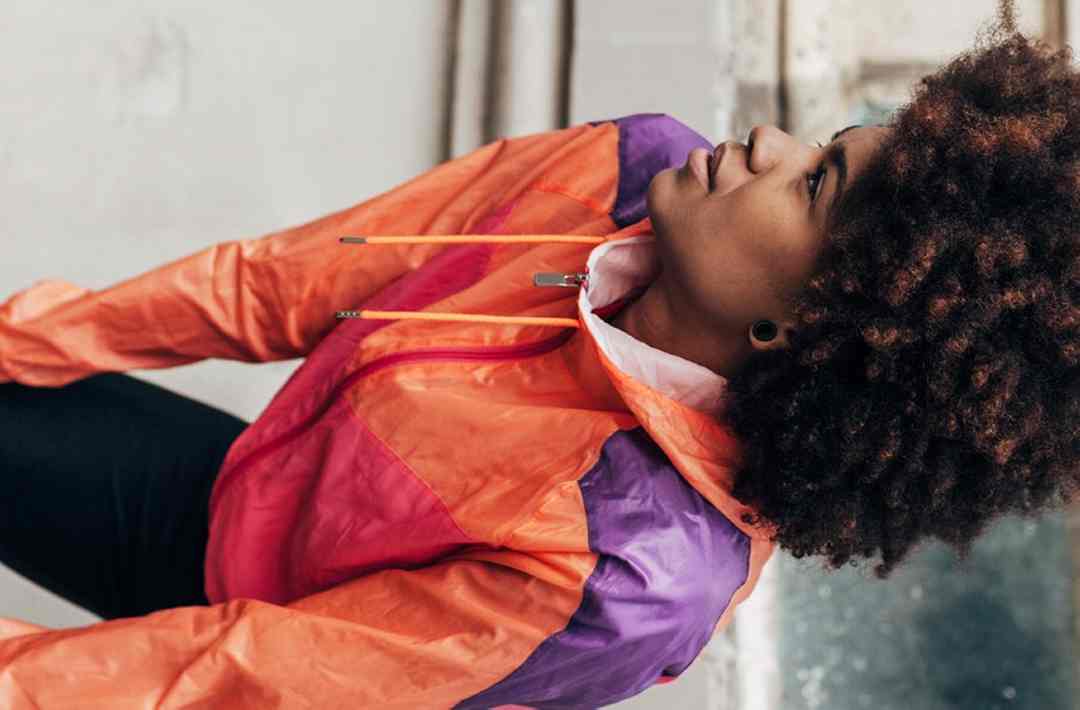

I found running during a stressful time in my life. It was 2006. My close friend had just died in a car accident. He was a trainer at my gym, and stepping inside the place where we had built our friendship knowing that I would never see him again within those walls shook me to my core.
Hence running—which I actually stumbled upon. You see, another friend of mine, who I had also met at the gym, encouraged me to join Nike Run Club. She thought being around people during this time would be good for me.
For the record, back then I was running averse. I considered myself to be anything but a runner, but I also knew I needed an outlet, so I acquiesced. On my debut group run, which happened to be hill repeats in the Strawberry Fields area of Central Park, I remembered thinking that this would be my first and last run. But there was something special about this crew of runners—many of whom would ultimately become some of my closest friends—that I was drawn to. So, I stuck with it, and believe it or not I reluctantly fell in love with the sport.
Since then, whether I was training for marathons or just barely getting by on miles, running, for the most part, has always been a place of solace. Lacing up my sneakers and putting one foot in front of the other gave me the time and perspective to digest whatever was happening in my life. My Granny’s death. My uncle’s death. A heart-crushing breakup. Work issues. You name it. With each mile I ran, I felt instantly better.
When we first found ourselves in the midst of the COVID-19 pandemic, I put running on the back burner. I wanted to run, believe me, I did, but I was simply afraid. There were just too many unknowns about the virus at the time: its transmission, how deadly the virus was, its full range of symptoms, and whether or not it was necessary to even wear a mask. That was enough to keep me in the house. In fact, between the beginning of quarantine and late May, I left my house only a handful of times—four to be exact. Hey, better safe than sorry.
With stage one of the phased-approach to opening New York City on the horizon, I realized that eventually I had to get comfortable with going outdoors. My mental health could no longer take being confined to my tiny apartment. So that day I made the choice to begin a run streak, committing to running at least one mile each day for six weeks. I figured that this would force me to get outside everyday, even if it was just for 10 minutes, which would not only help me normalize leaving my house, but chip away at the sadness the pandemic had imprinted on my soul.
That first day it took me forever to get out the door. It also took me forever to run that first mile. Running with a mask on was horrible. Within my first few strides, I was immediately soaked in sweat. I felt like I was overheating. My heart was racing. I felt like I was having trouble breathing. It was just awful. With each breath, my mask was being sucked into my mouth and nose and I thought to myself this is what it must feel like to suffocate. If I am being honest, I think that my inability to breathe properly was partially because I had this foreign object on my face, but also because it made me feel trapped or restricted in a way. Perhaps it was some sort of mask-produced anxiety. Who knows? What I do know is that I stopped to reset, took some slow deep breaths and began again.
Despite my difficulty breathing and my body letting me know that it had indeed been three months since I had last pounded the pavement, running felt freeing—once I found my rhythm, that is. The sun on my skin, finally moving my body, and breathing in some fresh air, all of it was an instant mood boost. In about 10 minutes, I felt like a completely different person. Even my friends noticed, commenting on a Zoom call later that day how much happier and brighter I seemed.
But around the same time I decided to begin running again, the world had found itself in even more turmoil. Fed up with the senseless killing of African Americans—including Ahmaud Arbery, who in February was chased by three white men and gunned down by one of them while out for a run in Glynn County, Georgia; Breonna Taylor, who was killed in March by police who had used a battering ram to enter her Louisville home, subsequently shooting her; George Floyd, who was brutally murdered in May in Minneapolis by a police officer who kneeled on his neck for around eight minutes; the reports of nooses found in various states; and countless others—people all over the world began protesting, demanding equity, racial justice, and accountability for the police.
So now, what was supposed to be a way to relieve my angst from all things COVID-19 and boost my spirits had actually begun to cause me a bit of anxiety. You see, I live in New York City’s West Village, which is predominantly white. And during “normal” times, I have been the recipient of looks that ask the question, “What are you doing here in our neighborhood?” So now that I am forced to stretch a mask across my face (which is altogether another emotional issue because Black women have long worn the mask of the “strong Black woman,” hiding our pain and suffering while carrying the weight of the world on our backs—and doing so with a smile). When I run I often wonder how I am now perceived, and how that affects my safety. Black people are already seen as threats, so a Black person running with a mask is basically a recipe for racial profiling.
To be honest, worries about my safety are not new by any means, just heightened in light of recent events and how we are forced to move through the world these days. I’ve been racially targeted before (what Black person hasn’t, though?). I’ve been followed through more department stores than I can count. Watched women tightly clutch their purses as I crossed their pathway. Called “dirty little n-gger” girl in the subway. Questioned by police while sitting in my Miami neighborhood when some furniture went missing at the nearby country club. Stopped by police and asked if the car I was driving really belonged to me. Not to mention countless other microaggressions. And the list goes on. So you can see why the whole donning a mask while running through a white neighborhood could be anxiety-inducing.
So now the thing that often brings me joy comes with a dual set of emotions: a wave of calming bliss, that runner’s high that I often chase, as well as a spike of uneasiness that causes me to be hypervigilant. But through it all, I continue to put one foot in front of the other, leaning into the miles the way I always have, and trusting that they will eventually do what they have always done: provide comfort in times of distress. That’s because every run is a path towards healing— and with a little effort, I am just a few steps away from breaking the tape.



